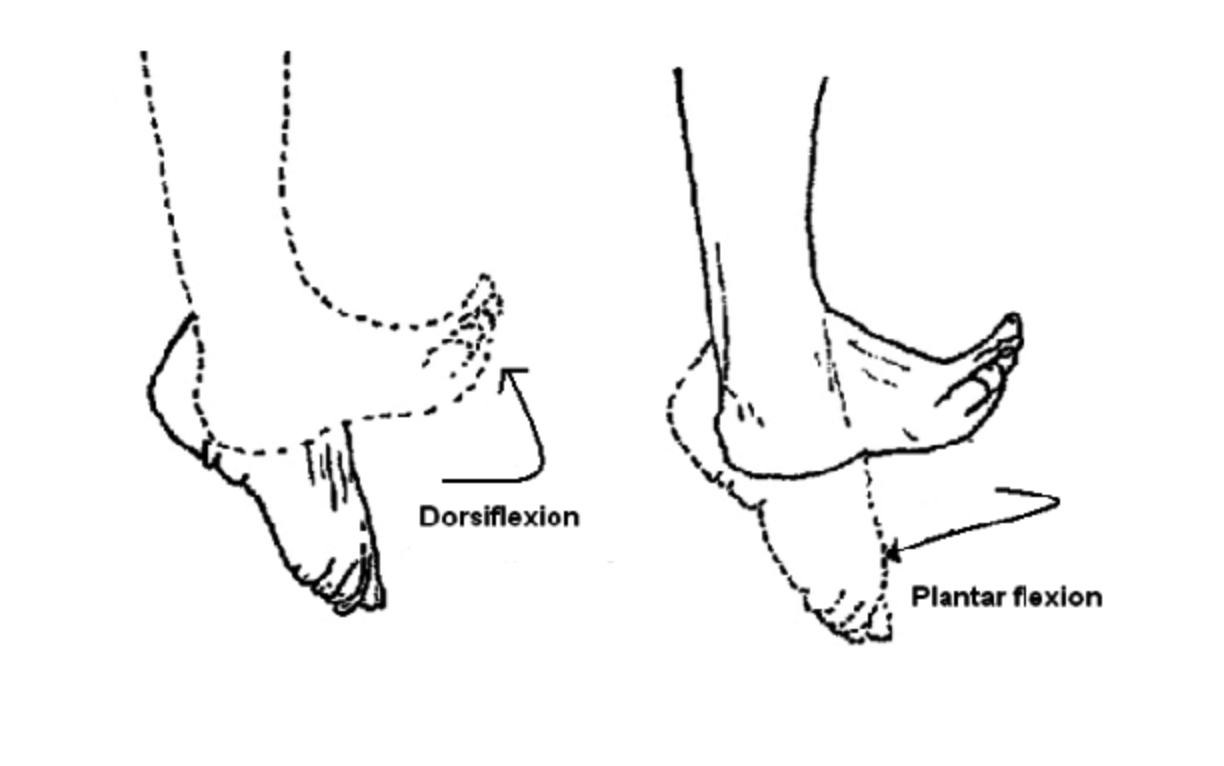In plyometric drills—whether it’s bounding, skipping, or pogo hops you’ll often hear the cue:
“Dorsiflex your foot!”
But why does that matter?
Dorsiflexion (pulling your toes up toward your shin) might seem like a small technical detail, but it has a big impact on performance, coordination, and injury prevention.
You can see in the above video how I dorsiflex my foot (by pulling my toes up) as I’m in the air, before I land again for the next pogo hop.
1. Prepares the Ankle for Stiffness and Quick Rebound
Dorsiflexion creates a rigid lever at the ankle joint, allowing the lower leg and foot to act like a spring. This increases reactive strength—your body’s ability to quickly absorb and release force—which is essential for explosive movements. The result? Shorter ground contact times and a faster, more elastic rebound off the ground.
📚 Weyand et al. (2000) showed that faster sprinters generate higher vertical forces during short ground contact times, a quality supported by stiff ankle positions.
📚 Nagahara et al. (2014) observed that dorsiflexion supports greater horizontal force during sprinting due to increased ankle stiffness.
2. Optimizes Force Transfer
A dorsiflexed foot puts your lower leg in the right position to transmit force efficiently. When your foot is loose or pointed downward (plantarflexed), energy leaks through the ankle, reducing your power output. Dorsiflexing locks the chain in place so every contact helps drive you forward instead of absorbing momentum.
3. Enhances Neural Readiness and Coordination
Dorsiflexion activates key stabilizing muscles like the tibialis anterior, reinforcing good joint alignment and movement mechanics. It trains your body to better coordinate the timing of your stride or jump, improving motor control for athletic skills like sprinting, decelerating, or changing direction. Over time, this improves both performance and efficiency.
📚 Fong et al. (2011) and others note that anterior tibialis activation is essential for controlled foot placement and efficient ground interaction in gait and athletic movement.
4. Encourages Safer Movement Patterns
A dorsiflexed position encourages midfoot or forefoot landings, reducing heel striking and lowering the impact forces on joints like the knees, hips, and lower back. It also places the ankle in a more stable and neutral position, which may reduce stress on the joint and contribute to safer mechanics.
Improved dorsiflexion range correlates with better movement quality
Malloy et al. (2015) found that limited dorsiflexion increases knee valgus angles during landing—a known risk factor for ACL injury.
Restricted dorsiflexion is associated with compensations and faulty loading
Research links poor ankle mobility to increased loading on the knees and altered jumping/landing strategies (Macrum et al., 2012).
There’s indirect evidence of injury risk reduction
While not a guarantee against injury, dorsiflexion encourages mechanics that are commonly associated with reduced strain on the ankle, shin, and knee.
Causal proof is still limited
There are no large-scale RCTs proving dorsiflexion prevents injuries—but its contribution to stable, efficient movement is well established.
Final Takeaway
Dorsiflexion isn’t just about how your foot looks—it’s about how your body moves. It helps you jump higher, land better, and sprint faster while reinforcing movement quality that may help reduce injury risk. In high- speed, high-impact movements, the little things make a big difference.
Train. Play. Repeat.
Curious how small technical tweaks can level up your movement? Book a session at Avos Strength and let’s break it down.






